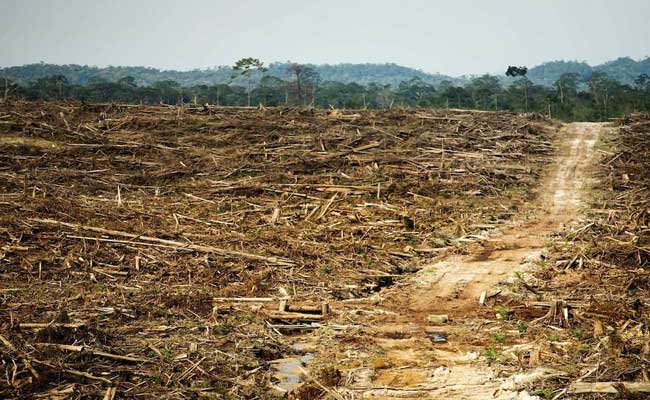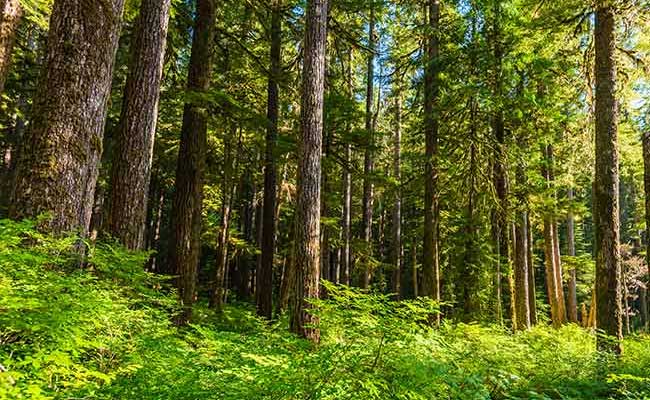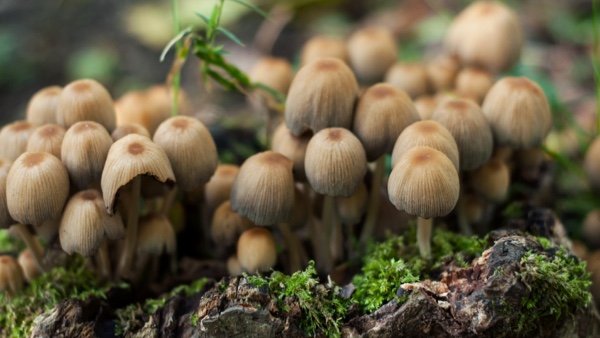Introduction:
Deforestation has emerged as a pressing global issue with significant consequences for both the environment and human societies. Among those most affected by the loss of forests are indigenous communities who rely on these ecosystems for their livelihoods and cultural identity. Moreover, deforestation has a profound impact on local biodiversity, disrupting intricate ecological relationships and threatening countless species. This article examines the devastating consequences of deforestation on indigenous communities and local biodiversity, highlighting the urgent need for sustainable conservation practices.
I. Deforestation and Indigenous Communities: A. Displacement and Loss of Livelihoods:
- Indigenous communities are often forcibly displaced from their ancestral lands due to deforestation activities, disrupting their way of life.
- Loss of access to forests results in the loss of traditional livelihoods such as hunting, gathering, and agriculture, pushing communities into poverty. B. Cultural Erosion:
- Forests hold deep cultural significance for indigenous peoples, who have rich traditional knowledge and practices associated with these ecosystems.
- Deforestation disrupts cultural practices and erodes the cultural identity of indigenous communities, leading to the loss of invaluable cultural heritage.
II. Environmental Impact on Indigenous Communities: A. Climate Change:
- Forests act as carbon sinks, absorbing greenhouse gases and mitigating climate change impacts.
- Deforestation contributes to increased carbon emissions, exacerbating climate change and affecting indigenous communities through extreme weather events, food insecurity, and health risks. B. Water Resources:
- Forests play a crucial role in regulating water cycles, maintaining river flow, and preventing soil erosion.
- Deforestation disrupts water availability, impacting indigenous communities’ access to clean water for drinking, agriculture, and other essential needs.
III. Loss of Biodiversity: A. Disruption of Ecological Balance:
- Forests harbor incredible biodiversity, hosting numerous plant and animal species.
- Deforestation disrupts the delicate ecological balance, leading to species loss, extinction, and the disruption of food chains. B. Medicinal Plants and Traditional Medicine:
- Indigenous communities rely on forests for medicinal plants, which are essential to their traditional healthcare systems.
- Deforestation threatens the availability of medicinal plants, endangering the health and well-being of indigenous communities.
IV. Conservation and Sustainable Solutions: A. Land Rights and Indigenous Involvement:
- Recognizing and respecting the land rights of indigenous communities is crucial for preserving forests and biodiversity.
- Including indigenous peoples in decision-making processes fosters sustainable forest management and conservation efforts. B. Forest Restoration and Reforestation:
- Initiatives focused on reforestation and forest restoration help mitigate the impacts of deforestation and restore habitats.
- Restoring forests supports indigenous communities’ livelihoods, cultural practices, and biodiversity conservation. C. Sustainable Development:
- Promoting sustainable practices such as agroforestry and eco-tourism can provide alternative livelihood opportunities for indigenous communities.
- Balancing economic development with conservation efforts ensures the well-being of both communities and the environment.
Conclusion:
Deforestation has far-reaching consequences for both indigenous communities and local biodiversity. Indigenous peoples’ livelihoods, cultural heritage, and health are at stake, while the loss of forests leads to the extinction of species and disrupts ecological harmony. Urgent action is required to recognize indigenous rights, involve communities in decision-making, and implement sustainable conservation practices. Only through collective efforts can we safeguard the well-being of indigenous communities and protect the invaluable biodiversity found in our world’s forests.
![]()





